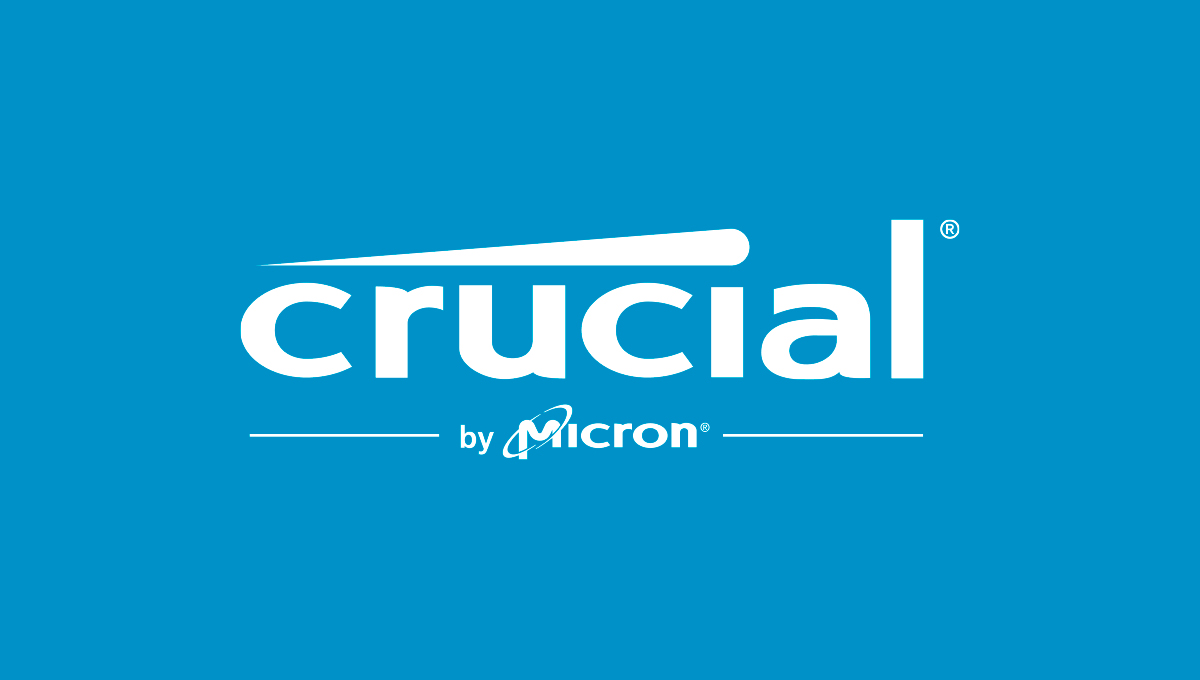Hi,
I have a tower PC with on-board audio. The on-board audio has failed so I need to install a new sound card. However I'm not sure how to do that and still use my mic, speakers, and headphones.
I use speakers plugged into the 3.5mm audio out jack on the back, a mic plugged in to the back, and sometimes headphones from the front panel. I also use a Logitech camera for Zoom calls plugged into a rear USB-A port. The speakers have 3.5mm TRS plugs and the headphones use TRRS (extra ring connection for the mic). I can get along without the mic on the headset if I have to but I'd rather not, and if I have to physically turn down the headphone and speaker sound individually on each device that's ok.
I'd think I want an audio card with a headphone jack, a mic jack, and a speaker jack (or 2 if there's no headphone jack), but I can't find that. Actually I don't see anything with a headphone jack, or 2 mic jacks, or 2 speaker jacks. So what do I buy and how do I connect everything? Can I use a splitter to split a single speaker jack to make 2 speaker jacks for the speakers and headphone, or is there a problem with an impedance mismatch or insufficient power if I do that? Also could I use a splitter to combine the headphones and mic input or does that have problems? I see a lot of splitter cables but their descriptions seem to precisely describe how they can be used and they don't cover my case. Also am I right to assume that the Logitech camera will continue to work correctly?
This is an HP tower with an Intel LGA1151 Q270 Desktop Motherboard, Intel i5-6500 CPU at 3.2GHz, (1x16GB) DDR4-2400 Memory, GeForce GTX 1050 Ti display card, 1 TB Samsung 870 EVO SSD, 250W PSU, and Win 10 Pro.
Can anyone tell me how to handle this?
Thanks,
Mike
I have a tower PC with on-board audio. The on-board audio has failed so I need to install a new sound card. However I'm not sure how to do that and still use my mic, speakers, and headphones.
I use speakers plugged into the 3.5mm audio out jack on the back, a mic plugged in to the back, and sometimes headphones from the front panel. I also use a Logitech camera for Zoom calls plugged into a rear USB-A port. The speakers have 3.5mm TRS plugs and the headphones use TRRS (extra ring connection for the mic). I can get along without the mic on the headset if I have to but I'd rather not, and if I have to physically turn down the headphone and speaker sound individually on each device that's ok.
I'd think I want an audio card with a headphone jack, a mic jack, and a speaker jack (or 2 if there's no headphone jack), but I can't find that. Actually I don't see anything with a headphone jack, or 2 mic jacks, or 2 speaker jacks. So what do I buy and how do I connect everything? Can I use a splitter to split a single speaker jack to make 2 speaker jacks for the speakers and headphone, or is there a problem with an impedance mismatch or insufficient power if I do that? Also could I use a splitter to combine the headphones and mic input or does that have problems? I see a lot of splitter cables but their descriptions seem to precisely describe how they can be used and they don't cover my case. Also am I right to assume that the Logitech camera will continue to work correctly?
This is an HP tower with an Intel LGA1151 Q270 Desktop Motherboard, Intel i5-6500 CPU at 3.2GHz, (1x16GB) DDR4-2400 Memory, GeForce GTX 1050 Ti display card, 1 TB Samsung 870 EVO SSD, 250W PSU, and Win 10 Pro.
Can anyone tell me how to handle this?
Thanks,
Mike


